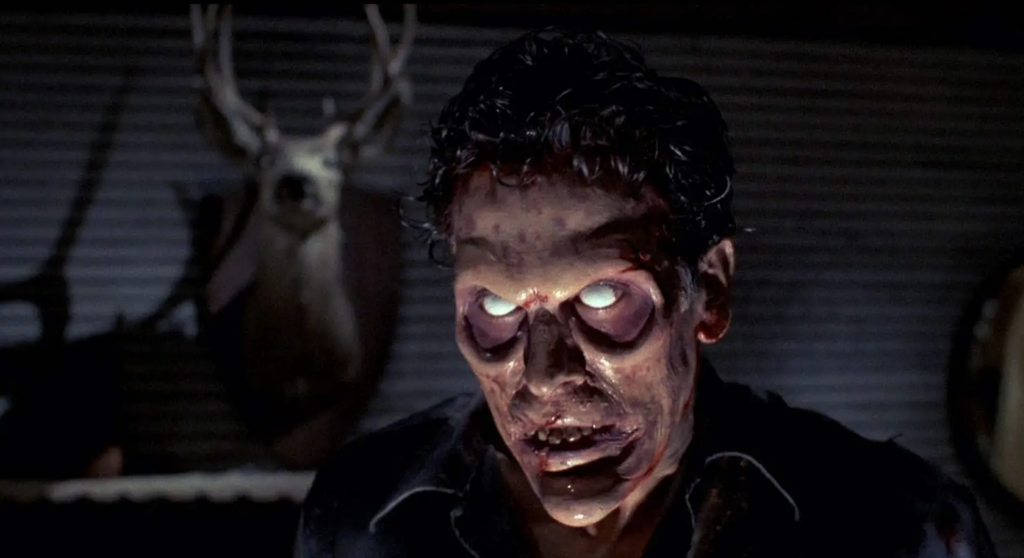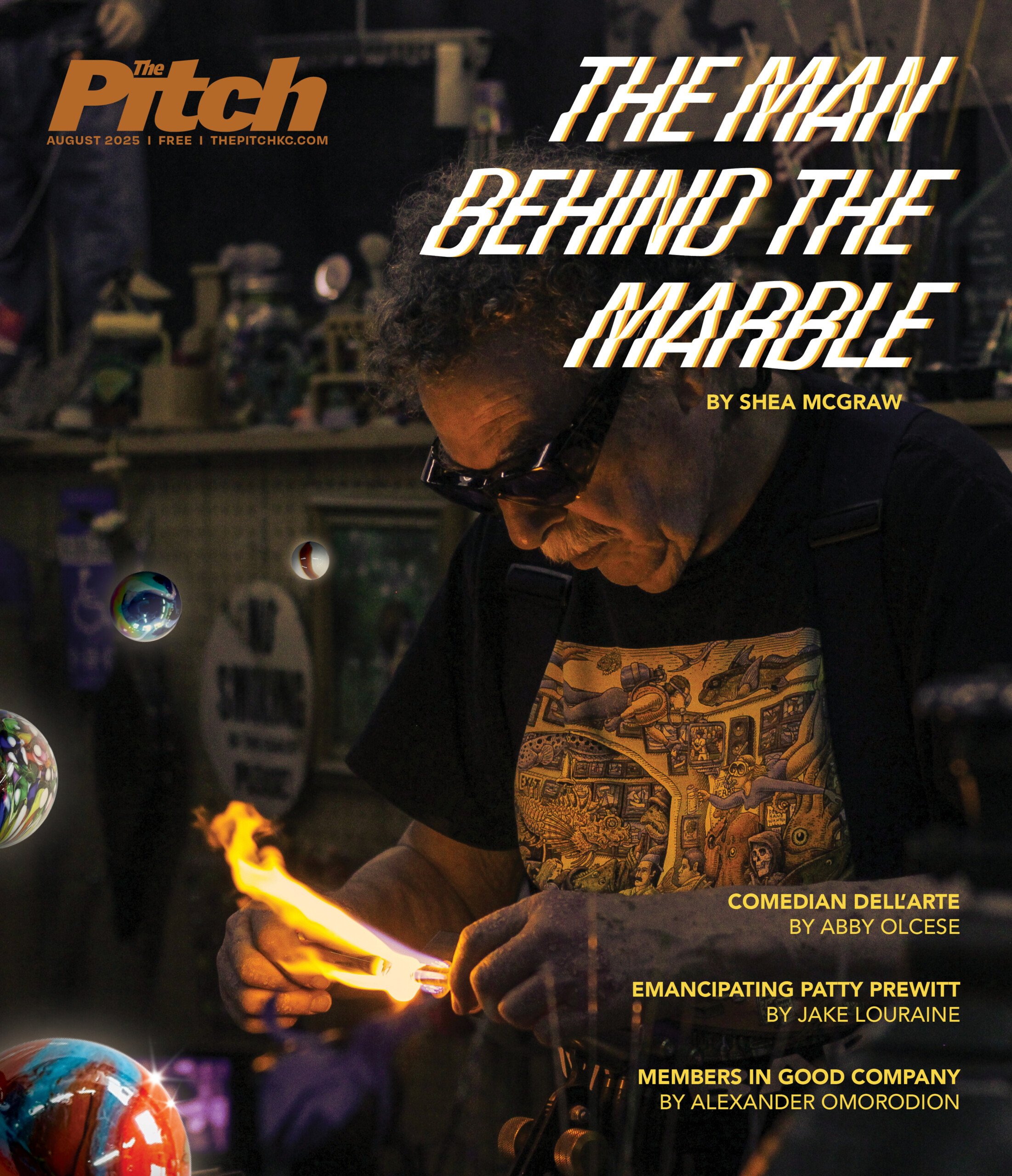Relentless and visually astonishing, The Revenant serves revenge cold — after preparing it endlessly
%{[ data-embed-type=”image” data-embed-id=”” data-embed-element=”aside” ]}%
%{[ data-embed-type=”image” data-embed-id=”” data-embed-element=”aside” ]}%
Leonardo DiCaprio suffers mightily and nobly through Alejandro Gonzalez Iñárritu’s The Revenant. And make no mistake about it — it’s definitely the actor suffering up there.
Breathless Oscar-season reporting would have us believe that he really did many of the things we watch his character, wounded mountain man Hugh Glass, doing onscreen, from eating raw elk liver to bedding down naked inside a gutted horse. But the truth of such claims is beside the point. For better and for worse, there is relatively little artifice in The Revenant. Little is revealed about DiCaprio’s character, so we invest him with what we know of Leo himself; it’s a real movie-star performance. That is both The Revenant’s accomplishment and its curse.
The stranger-than-fiction survival story of Glass — a fur trapper who was horrifically mauled by a grizzly during an 1823 expedition up the Missouri River, left for dead, and then crawled and staggered for 200 miles back to civilization — has inspired numerous books and films over the years. Iñárritu’s is loosely based on Michael Punke’s 2002 liberties-taking novel, with which it shares a title, but its unflinching adherence to the visceral and the elemental outstrips what’s on the page. Here, the proceedings feel authentic down to the details — inescapably so. Lensed by Emmanuel Lubezki in lengthy, wide-angle shots that follow the characters through bloody Indian attacks, into freezing water and, at one point, over a cliff, The Revenant pulls you into its world. You feel its chill around you, its wounds on your skin.
Some of the time, anyway.
Iñárritu stages his scenes with urgency and verve, but there is something conceptually amiss about the film. The director seems to think that the more we see of Glass’ suffering and the awesome inhospitability of the early American frontier, the more intense and grueling our viewing experience will be. But a little of this stuff goes a long way. By about the fifth time someone breathes or bleeds on the lens, you’re not averting your eyes but trying to stifle your laughter. The physicality of DiCaprio’s performance is certainly impressive, as is the technical effort that clearly went into the making of the film. But as a whole, the movie arcs toward tedium; we become less involved in Glass’ ordeal as he goes on.
That may also be because the film doesn’t give us much on the level of character or story to seize. Glass’ wanderings are loaded with flashbacks to his life among the Pawnee, but such moments are shot and edited not to impart context but rather as vague, ethereal dream sequences. This turns out not to be the kind of thing at which Iñárritu excels. His direction lacks the imagination and specificity of Andrei Tarkovsky and Terrence Malick, two clear influences, whose dream visions come from very real, very personal places.
The Revenant’s most interesting figure might be its ostensible heavy, Tom Hardy’s gruff, greedy trapper, FitzGerald, whose experiences among Indians (his head is half-scalped) feed his paranoia, cowardice and racism. He’s a hateful little toad — the film makes sure to stack the deck high against him — but he also feels like the only character whose decisions, however wrong, are grounded in what’s happening around him.
It’s odd that a film so hellbent on brutal physical reality fails to bring its characters fully to life, yet, for all its flailing, The Revenant makes little impact. There’s a great movie struggling to crawl out from inside it, but, unlike the remarkable Hugh Glass, it’s still lost out there in the frozen wilderness.




